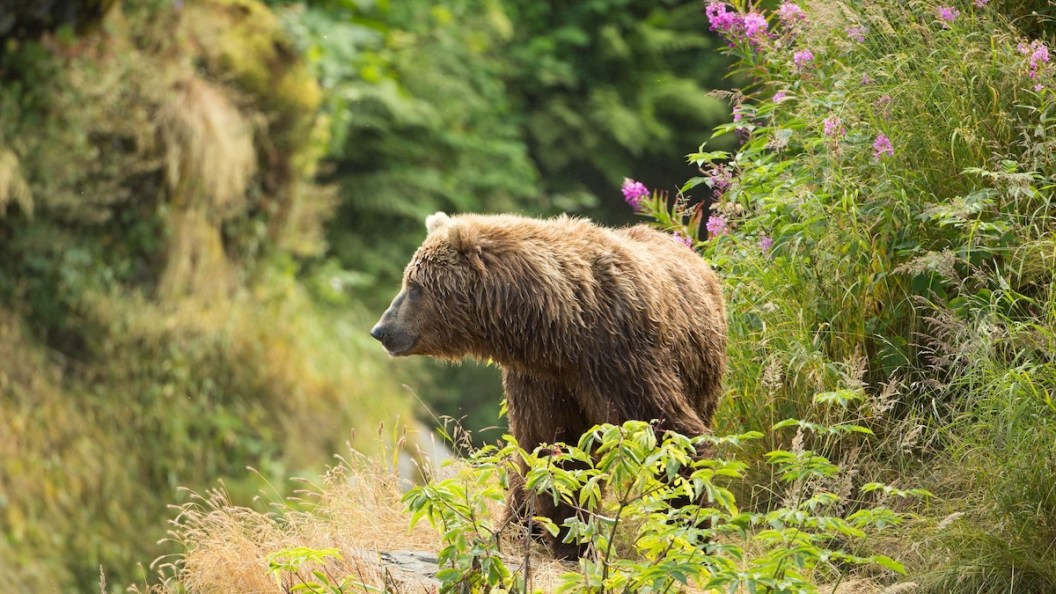The federal government announced on Thursday that it will begin to "actively restore" grizzly bears to the North Cascades of Washington sometime in the future. The decision follows a review of more than 12,000 comments on a proposed plan as well as cattle ranching groups voicing opposition.
In a joint statement from the National Park Service and the U.S. Fish & Wildlife Service, the agencies said grizzlies are needed in the area to help balance the natural ecosystem. They added that grizzly bear populations were killed off in the area by humans and that the last confirmed grizzly sighting was in 1996.
According to the announcement, there's no set timeline to begin translocation, but when they do, wildlife officials will introduce three to seven grizzly bears per year for up to 10 years. The goal will be to establish a population of 25 bears within the 9,800-square-mile area.
Although conservation and wildlife groups have largely applauded the effort, conservative media have published a steady stream of opposing viewpoints, mainly by local ranchers. During last year's commenting period, the Public Lands Council along with 15 other groups argued that reintroducing grizzly bears to the area could "devastate" livestock production, cause "significant economic" harm, and put humans at risk.
Yet, the federal government dismisses those arguments. In an FAQ page for the project, the agencies explain that there will be so few bears in the area for the first 20 years that it's unlikely that they will be seen or cause problems.
In a statement, Brad Thompson, state supervisor for the Fish & Wildlife Service, explained that the final rule dubbed 10(j) incorporates the public input. "It provides an expanded set of management tools in recognition that grizzly bear recovery in the North Cascades is dependent on community tolerance of grizzly bears," he said.
As for the risks to livestock, the feds say: "We expect the number of grizzly bear depredations to be low while the population of bears is small. However, depredations could increase as the population grows." They also advise ranchers to adopt non-lethal and preventative deterrent options developed by the Interagency Grizzly Bear Committee for reducing and avoiding conflicts.
The final rule will be published in the not-too-distant future in the Federal Register. Once it's publicly available, the rule will go into effect 30 days later.




